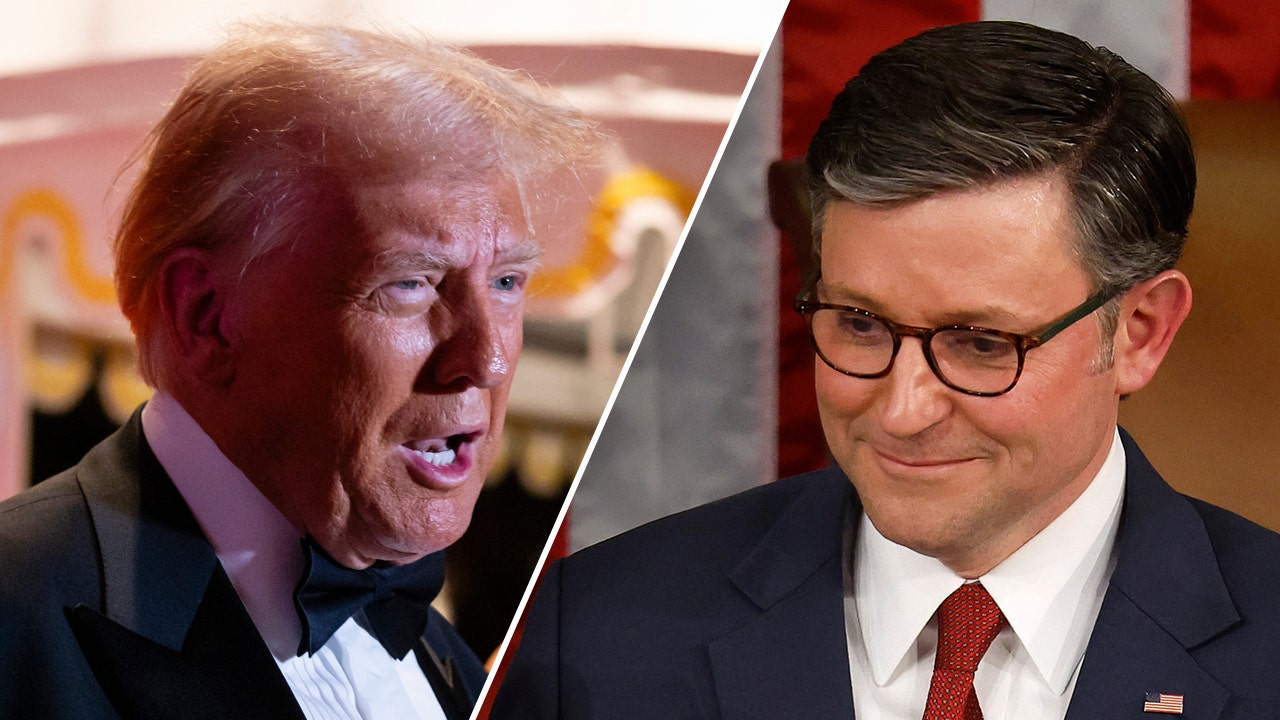Education
81st Street Studio, a Garden of Artful Delight

Heidi Holder said she had one firm rule for the design of the new children’s learning center at the Metropolitan Museum of Art: It was not going to be an “egg carton.”
Holder, the museum’s chair of education, explained that “egg carton” was pedagogical slang for a regimented space in which people of the same age all do the same thing. Instead, the museum’s 81st Street Studio, which opens on Saturday with an all-afternoon festival, evokes a rambling, geometric garden. With treelike structures, a green knoll and overhead chimes incorporating colorful carved birds, the 3,500-square-foot space exposes young minds to art’s most fundamental ingredients: materials. By offering visitors opportunities to explore these elements and relate them to the Met’s collection, the studio’s creators hope to turn them into lifelong museumgoers.
“It’s almost a portal for kids to introduce them to the Met,” said Adam Weintraub, who led a recent walk-through of the $5 million project with Mishi Hosono. (Both architects, they are the married principals of the Manhattan firm KOKO Architecture + Design, which designed the studio.)
“But we’re not trying to make a kids’ museum here,” Weintraub said. “We are really trying to always tie it back to what’s upstairs.”
The ground-floor space, in the Met’s Uris Center for Education, aims to be free in every sense. Children ages 3 to 11 and their caregivers, who pay no admission fee to the studio, can choose their own path through its seven stations, which include places to make art, build structures and investigate optics. The studio also includes a reimagined version of the Nolen Library for the young, which formerly occupied the space.
Holder wanted the renovation to allow young visitors to do what they can’t in the Met’s existing family programs: drop in unscheduled, touch what they see, play child-friendly instruments. The studio may be the only spot in a museum where families can encounter a custom-made eight-foot-tall guitar or recline on pillows scented with sandalwood, cedar and pine.
The studio offers “videos where you can see someone in Papua New Guinea painting a mask, or you’re seeing someone carving a piece of wooden furniture,” Holder said, adding that these visual back stories reveal processes never glimpsed in the galleries.
The space’s inaugural visitors will view how such artists use wood, clay and metal, especially wood. One station features 17 varieties to investigate, from birch bark to cross-sections of a 19th-century oak picture frame to a reproduced panel of an Egyptian turned-wood screen called a mashrabiyya. “You could see the exact one upstairs,” Hosono said, but here children can feel it.
After at least a year, the studio’s focal substance will rotate, possibly to metal. In that case, Holder said, the building station, now filled with cardboard, tape and wooden modules, might become a robotics space. The studio’s changing identity will not only reflect the breadth of the collection but also encourage repeat visits.
Seeking to draw curious children, the Met hired the New York firm Bluecadet to design the studio’s digital technology. “Kids, particularly, are on devices all the time,” said Josh Goldblum, Bluecadet’s founder and chief executive. He said he wanted experiences that wouldn’t lead to endless staring at screens, but were “really about creating conversation and serendipity.”
These include a station where a child can imitate woodblock printing by using a stylus to etch a design onto a small, black-coated wooden slab. Simple directions and step-by-step photos, as well as images of museum artworks, pop up on the surface of the table in response to taps. When children have finished their designs, they can tap again and choose among options like repeating the woodblock pattern, changing its color or achieving a surprise effect — all results that appear as images on the tabletop. A drum-making station functions similarly, allowing visitors to create a simple instrument of cardboard and cloth while seeing drums from the collection and hearing their recorded sounds.
Even when children aren’t engaged in projects, the studio surrounds them with what Holder calls “subtle magic.” When visitors pass a wall of books — the library features six languages, as well as Braille — they hear a knock, as if to gain admission to an enchanted world. When they sit in one of the library’s reading nooks, the enveloping lighting changes color.
But maybe most intriguing are two round screens, each featuring a blinking, animated eye. When a child approaches a screen, the eye shuts, and images from the Met’s collection take its place. On one screen, as the photographs appear successively, you first see a detail — say, a bird or a border — and then a full view of the relevant object.
“It’s kind of like a mini version of what the Met is, being like a telescope to all of these different cultures and time periods,” said Nina Callaway, a senior narrative strategist at Bluecadet.
The other eye screen, at toddler level, reveals images from modern video art. It introduces a nearby corner optics station with a light table where children can choose cards bearing photographs of numerous Met objects — a falcon-shaped ancient Egyptian statue, a medieval suit of royal French armor — and see them projected on the walls. By turning dials, visitors can change variables like shadow, color, angle and distance and see how they affect the objects pictured.
In less sophisticated optical experiments, preschool visitors can put plastic objects on a separate light table and adjust dials to see them change hue, or draw with their hands on a thermo-chromatic wall that produces color in response to temperature.
“You’re learning science, but we’re just not telling you,” Holder said with a laugh.
Art and science intersect again in the music station, whose instruments might seem more appropriate for Dr. Seuss than for a symphony. But Kip Washio, a designer for Yamaha, led a team that conceived the custom pieces to be able to function like an orchestra — which musicians will prove at the Saturday festival.
“One of the challenges was, how do we do things that aren’t just percussion-based?” Weintraub asked. “Because percussion is easy.” He immediately thought: “How can we do strings? Can we do wind?” he said.
The results include two standing guitars, the eight-foot model and a shorter one, each with a single childproof string made of fishing line and a pedal at the base to change the pitch. Children can also experiment with a wall of castanets, play a giant wooden marimba and, just by pushing bellows, make music on a giant air organ patterned after an 1830 design by Thomas Appleton.
In every area, Holder hopes that visual representations of items from the Met’s collections will inspire children to investigate the real thing. (A QR code in the studio calls up a complete list, which is also on the studio’s website.) And the discoveries don’t end at the door: The studio’s Family Field Guide suggests searching Central Park for boxwood trees after examining an enclosed photo of a cross-section of an intricately carved 500-year-old boxwood prayer bead.
The studio “is a manifestation of who we are,” Holder said. If the museum “were to have a personality,” she added, “it would be this space.”

Education
Video: Several Killed in Wisconsin School Shooting, Including Juvenile Suspect

new video loaded: Several Killed in Wisconsin School Shooting, Including Juvenile Suspect
transcript
transcript
Several Killed in Wisconsin School Shooting, Including Juvenile Suspect
The police responded to a shooting at a private Christian school in Madison, Wis., on Monday.
-
Around 10:57 a.m., our officers were responding to a call of an active shooter at the Abundant Life Christian School here in Madison. When officers arrived, they found multiple victims suffering from gunshot wounds. Officers located a juvenile who they believe was responsible for this deceased in the building. I’m feeling a little dismayed now, so close to Christmas. Every child, every person in that building is a victim and will be a victim forever. These types of trauma don’t just go away.
Recent episodes in Guns & Gun Violence
Education
Video: Biden Apologizes for U.S. Mistreatment of Native American Children

new video loaded: Biden Apologizes for U.S. Mistreatment of Native American Children
transcript
transcript
Biden Apologizes for U.S. Mistreatment of Native American Children
President Biden offered a formal apology on Friday on behalf of the U.S. government for the abuse of Native American children from the early 1800s to the late 1960s.
-
The Federal government has never, never formally apologized for what happened until today. I formally apologize. It’s long, long, long overdue. Quite frankly, there’s no excuse that this apology took 50 years to make. I know no apology can or will make up for what was lost during the darkness of the federal boarding school policy. But today, we’re finally moving forward into the light.
Recent episodes in Politics
Education
Video: Los Angeles Bus Hijacked at Gunpoint

new video loaded: Los Angeles Bus Hijacked at Gunpoint
transcript
transcript
Los Angeles Bus Hijacked at Gunpoint
The person suspected of hijacking a bus which killed one person, was taken into custody after an hourlong pursuit by the Los Angeles Police Department early Wednesday morning.
-
“Get him.”
Recent episodes in Guns & Gun Violence
-

 Health1 week ago
Health1 week agoNew Year life lessons from country star: 'Never forget where you came from'
-
/cdn.vox-cdn.com/uploads/chorus_asset/file/24982514/Quest_3_dock.jpg)
/cdn.vox-cdn.com/uploads/chorus_asset/file/24982514/Quest_3_dock.jpg) Technology1 week ago
Technology1 week agoMeta’s ‘software update issue’ has been breaking Quest headsets for weeks
-

 Business5 days ago
Business5 days agoThese are the top 7 issues facing the struggling restaurant industry in 2025
-

 Culture5 days ago
Culture5 days agoThe 25 worst losses in college football history, including Baylor’s 2024 entry at Colorado
-

 Sports5 days ago
Sports5 days agoThe top out-of-contract players available as free transfers: Kimmich, De Bruyne, Van Dijk…
-

 Politics4 days ago
Politics4 days agoNew Orleans attacker had 'remote detonator' for explosives in French Quarter, Biden says
-

 Politics3 days ago
Politics3 days agoCarter's judicial picks reshaped the federal bench across the country
-

 Politics2 days ago
Politics2 days agoWho Are the Recipients of the Presidential Medal of Freedom?














